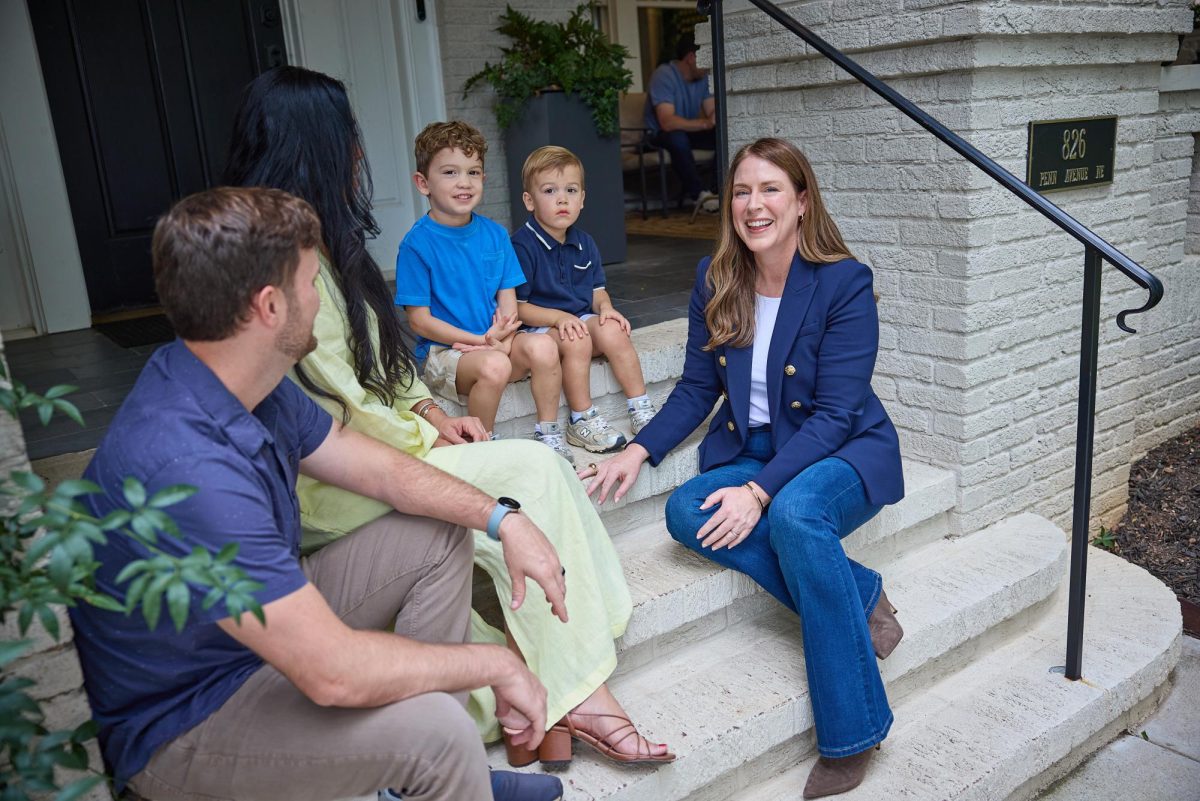Advancements from virtual learning improve classrooms
Virtual school has spawned a host of benefits for students and teachers, including increased connectivity, mental health destigmatization, a stockpile of recorded lectures, and organizational tools.
August 24, 2021
Online school was admittedly tough. Students found it hard to focus and learn when not physically in a classroom, leading to tremendous learning gaps between where students should be, and realistically, where students are in their education. Virtual learning also did not allow for the critical, human connections in-person schooling provides.
Now that Midtown has returned to in-person school, there’s been an onslaught of conversations about how truly terrible online school was. However, that period of education should not be written off as entirely useless or difficult. Hardship breeds innovation, and virtual learning allowed teachers to integrate technology into the classroom, as well as establish many other improvements.
Take Zoom — now a ubiquitous tool. Before the pandemic, if you wanted to have a meeting or conversation outside of school, you had to find a meeting place at school, figure out transportation and find a date and time that worked for everyone. Now, we have a better option. Just decide on a time, send a link and there’s no trouble (permitting WiFi) having a meeting. If a student is sick but still feels well enough to learn, they don’t have to miss a class period and can simply log on to their teacher’s designated link.
Furthermore, Zoom allows lectures to be recorded, which was a game changer. If students missed a day of school, they could see exactly what happened in class. This obviously can’t be done in in-person school, as Zoom isn’t used for instruction, except for students who had been sent home for contract tracing or due to Covid. However, this does give teachers a database of lectures from their classes and other Zoom classes on YouTube to use this year. If someone is unsure of a concept, a teacher can direct a student to a previously recorded lecture.
Virtual school also allowed for a new degree of online organization. Google Classroom had been used in years prior occasionally, but during the pandemic, it was the only way to push out assignments to students. A student could pull up their browser and automatically see what was due that day and where those assignments were. To achieve that in previous years a student would have to write that information down and keep track of papers. Online school allowed all classwork and homework to become more streamlined and organized than ever.
Virtual learning also brought a much-needed spotlight on student mental health. During virtual school, students and teachers were more transparent than ever about the pain that isolation can cause and the stress involved in a year of so much uncertainty. Because of this, more mental health services (which were needed all along) are being advocated district-wide. The pandemic caused many mental health issues, but it also allowed more people to receive the help they needed and destigmatized mental struggles.
Due to the pandemic, virtual connectivity also rose. Students had more access to technology and all of the free resources that came with it, thanks to programs to distribute Chromebooks and hotspots district-wide. Those programs aren’t dying with virtual learning — all students at Midtown received Chromebooks mid-August for classroom and homework use. Before the pandemic, some students weren’t able to access a computer, internet resources or their homework at home. The infrastructure created by virtual learning has shown the value of educational personal devices and allowed many students to have more virtual connectivity than ever.
Virtual learning was a poor substitute for in-person school. However, the chaos and struggles brought by virtual school gave way to some serious innovation that cannot be left behind as we move back into in-person learning. By ignoring the headways we made in virtual connectivity, organization, health services and technology, education will move backward, not forward. Education in the 21st century must use the improvements brought by the pandemic to better learning and not revert to its pre-pandemic state.







